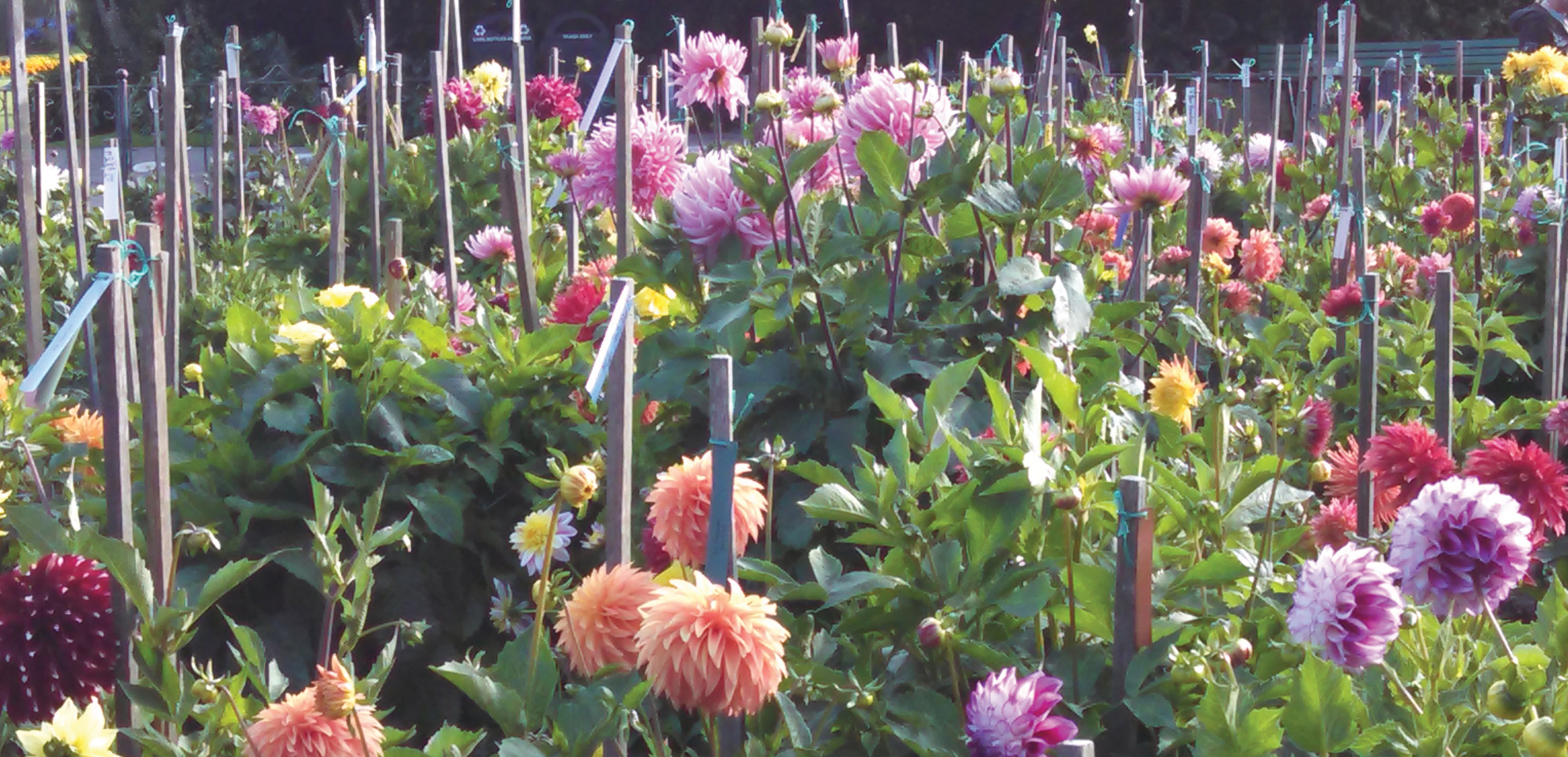
The Passionate Gardener: Flowering Bulbs Color Your Garden All Summer Long

There are many bulbs that bloom throughout the summer, giving incredible displays of color and texture in the garden all season long. They can also provide flowers, fragrance and brilliant color on a deck, patio or outdoor living area. Lilies, tuberous begonias, cannas, caladiums, dahlias and gladiolus are the most common. Also to be considered are hardy cyclamen, calla lilies, elephant ears, hardy gloxinia, agapanthus and anemone in many varieties.
Except for lilies, which are hardy, these bulbs should treated as annuals, or be dug up in the fall, stored over winter and replanted each spring.
Lilies
With their dazzling colors and shapes, lilies are among the stars of the summer border. Asiatic lilies bloom in early summer, trumpet types bloom mid-summer and Oriental lilies are the last, blooming at the end of summer and fall. Oriental varieties such as “Casablanca,” “Stargazer” and “Mona Lisa” are extremely fragrant. Plant bulbs as early as possible in spring, as soon as the ground can be worked. Fall planting also is fine if you can obtain bulbs at that time. Plant in full sun to partial shade in fertile, well-drained soil. Mulch well in summer to keep the soil cool and fertilize monthly throughout the season.
Gladiolus
Superb as a cut flower and a very effective border plant, “glads” bloom from the bottom of the spike upwards. Since the flowers last almost two weeks, begin planting the corms after the last severe frost and continue at two-week intervals until midsummer. Plant in full sun if possible, but they will tolerate some light shade. Add compost to heavy soil before planting. Plant closely, 3 to 6 inches apart. Mulch well in summer and water during dry spells. Most glads will blow over in storms or actually fall under their own weight, so staking is normally a good idea.
Begonias
The genus Begonia is one of the largest of all the plants, excellent for both containers and beds. Hanging begonias like “Champagne” are great for decks and patios. Other varieties make an ideal ground cover in borders as well as in pots. They bloom all summer until the fall frost. Most enjoy partial shade, especially in the afternoon. Move plants indoors before the first frost if you want them to winter over in their pots; the tubers of the tuberous types can be stored over the winter for replanting the next spring.
Dahlias
Dahlias come in a variety of shapes and colors, ranging from 2 to 6 feet tall with flowers from an inch across to huge “dinnerplate” varieties with 12-inch blooms. They continuously produce new flowers all summer long, right up to a killing frost. They require rich soil with plenty of potassium and phosphorus, in full sun to partial shade. Wait until the weather is warm, and plant the tuberous roots horizontally, 3 to 6 inches below the soil surface. Lightly cover unsprouted tubers with an inch or so of soil at planting time. Gradually fill in the holes as the plants grow. At planting time, drive a sturdy stake 6 inches from the root. I use a 5-foot hardwood stake for each plant. Mulch heavily once the plants are at least 6 inches tall. Water often and fertilize liberally throughout the summer with a fertilizer not high in nitrogen. To retrieve and store tubers after a killing frost, cut the plants back to a few inches above ground level, lift the clumps with a spading fork and store them on their sides while the soil on the tubers dries. Store in barely moist peat moss or vermiculite in a cool spot.
For questions or comments, email ron@primexgardencenter.com.

